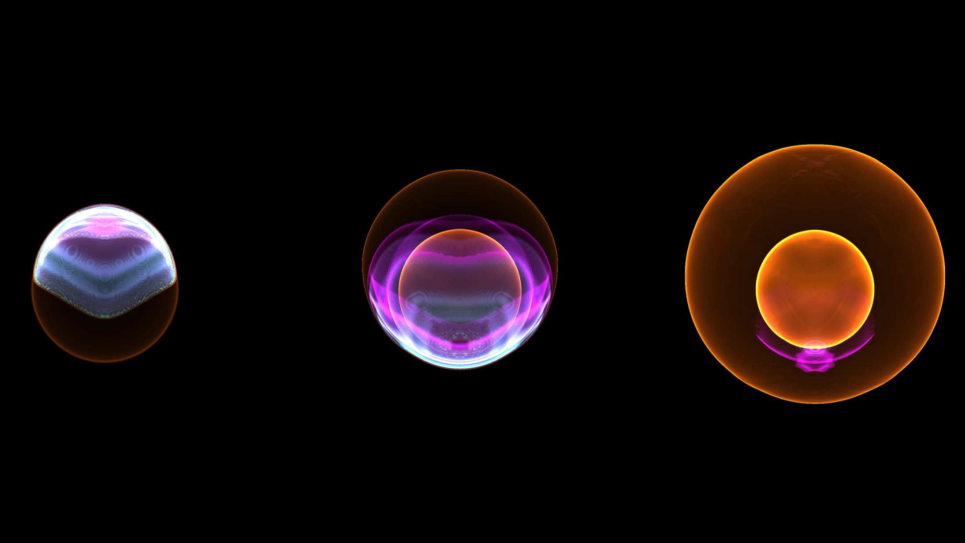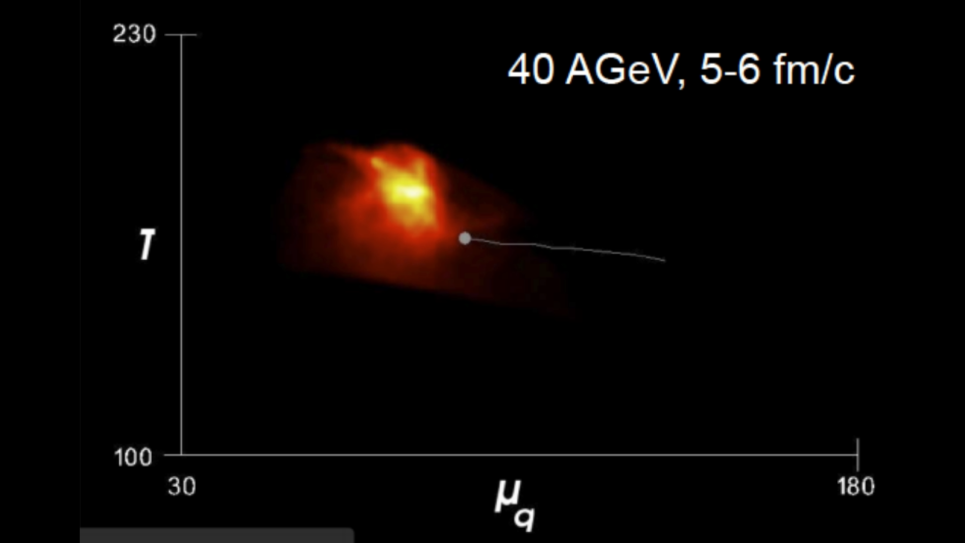
Kinetic Simulations of Relativistic Radiative Magnetic Reconnection
This project investigates radiative relativistic magnetic reconnection in collisionless electron-positron and electron-ion plasmas under conditions relevant to high-energy astrophysical environments, including the effects of strong radiative cooling. Reconnection is a fundamental plasma process of magnetic field rearrangement and relaxation, leading to rapid conversion of magnetic energy into thermal and nonthermal particle energy. It is important in natural and laboratory plasma environments, such as solar flares, Earth’s magnetosphere, various astrophysical systems, and magnetic fusion devices. Understanding radiative magnetic reconnection will help advance the field of high-energy-density plasma physics—a key DOE science frontier.
Researchers will use petascale radiative particle-in-cell (PIC) plasma simulations to characterize nonthermal particle acceleration and the associated synchrotron and inverse-Compton radiation produced by energetic particles in the reconnecting system. The project team has developed the unique radiative PIC code, Zeltron, that self-consistently incorporates the radiation reaction force on relativistic particles. This will enable investigating reconnection in high-energy-density radiative regimes that have so far been inaccessible to direct kinetic simulations. A set of large 3D simulations of radiative relativistic magnetic reconnection in pair plasmas demonstrated excellent scalability of Zeltron in short test runs on Mira.
Results from this project will lead to advances in the understanding of fundamental plasma physics processes and have important implications for modern high-energy astrophysics. It will enable first-principles modeling of plasma energization and radiation in systems such as pulsar magnetospheres, gamma-ray bursts, and accretion flows and jets powered by black holes.

